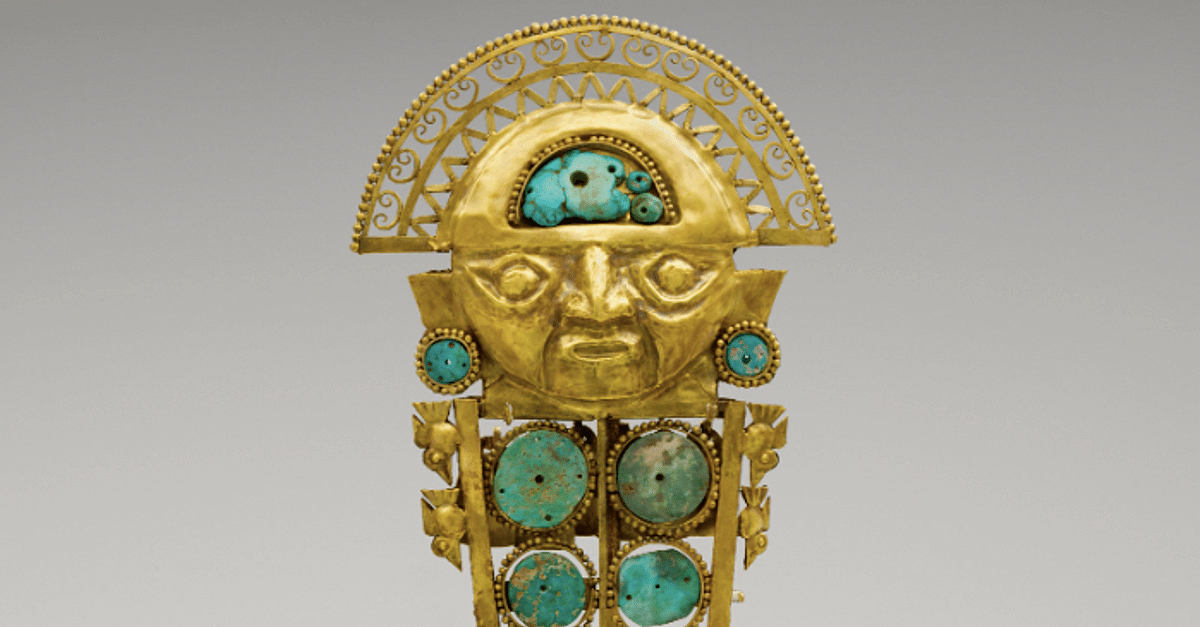The Dutch colony Pernambuco, Recife, Brazil, was under siege by the Portuguese. The Dutch mercenaries, (yes there were some German, Swiss and several more nationalities among them) were starving and so was the entire population of the town. The mercenaries went on strike and demanded to be paid, otherwise they would stop fighting to defend the town… But, there was no money.
As things got really desperate, 3 Dutch ships arrived from the Gold Coast with some food, slaves and about 350 kg of gold.
A local jeweler was put in charge of minting coins with the gold from the Gold Coast in Africa. The jeweler cast planches with the gold, cut the planches into squares, weighed the squares and stamped them with a stamp he manufactured. After a certain amount of coins stamped, a new stamp had to be made. He charged for the cost of making a new stamp. Around 20 different stamps in all.
It was no easy task, but obviously he was an excellent craftsman. He was also a meticulous accountant.
He accounted for every grain of gold. Quite often the crucible broke and the gold run into the fire. He accounted for every grain of gold lost in the fire.
Why did he make square gold coins?
These square pieces of gold were not meant to be coins. They were a means of payment in an emergency. Kind like an IOU.
The gold was minted into about 32,000 gold coins. The square emergency coins had about 20% less gold than they should have according to their denomination.
The mercenaries got paid and continued to defend the town. The comments of a contemporary historian are interesting. He found it funny that the mercenaries were happy with the gold coins, even if they had to be lucky to even be able to buy a rat to eat. Dogs and cats had long been eaten and the rats were scarce.
A few years later, a fleet from the Netherlands brought general supplies, food, arms, soldiers and money. The emergency gold coins were exchanged against real silver money. The fleet continued cruising on a blockade along the coast of Brazil. Near the town of Salvador, they run into a small Portuguese fleet that was defending the harbor.
During the battle 1 Portuguese galleon, the “Rosario” 1648 and 2 Dutch galleons “Utrecht” 1648 and “Huis Nassau”, sank when the Portuguese galleon blew up.
Why did the captain of the “Utrecht” have a few of these gold coins in his cabin? Why did he not trade them in for higher value in silver?
The government of Brazil made a postal stamp issue, about the gold coins from the Dutch galleon “Utrecht”1648.
So this happened with the gold coming from the “Gold Coast”, today the country called Ghana. This established a source of gold for us.
We know where the gold went and where the gold came from.
Do we know anything more about gold coming from the gold coast?
More of that in the next chapter.




